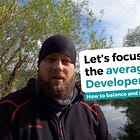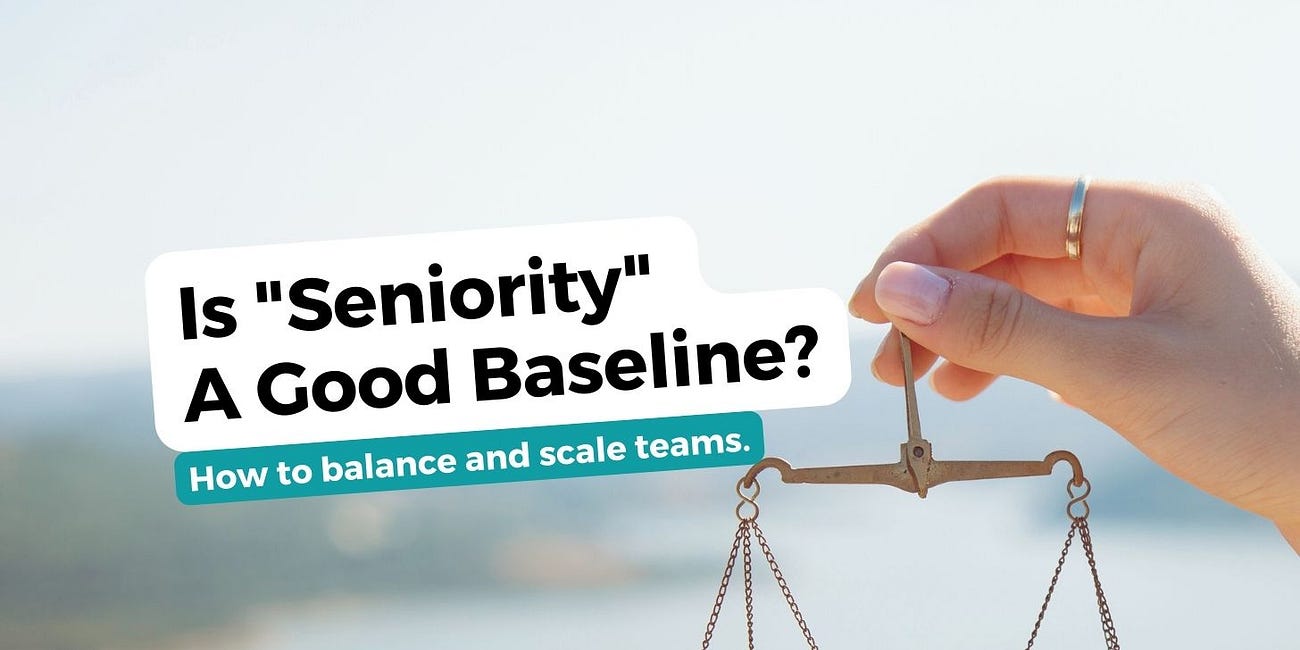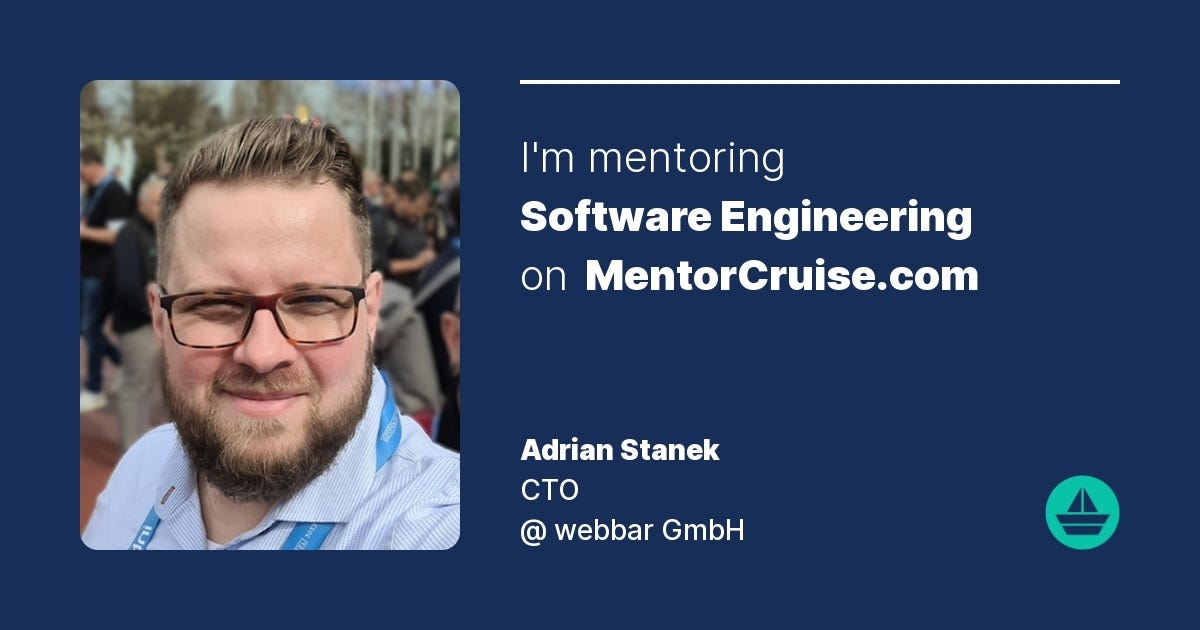My Favourite Mentoring Approach
Outline-Execute-Reflect Model
Mentoring should be an essential aspect of our daily team routine. This can be internal or external mentoring or coaching. The idea is to focus on your goals and have a guide who helps you navigate the journey.
Of course, we will learn without the help of others as well, but let’s be honest, this can take very long, become very expensive, and lead, in worst cases, to severe stress or even burnout.
Today, I want to talk about a simple approach in which seniors can be seen as active team mentors. This is part of the average developer approach but also a standalone method.
Without further ado, let’s get into it.
Outline-Execute-Reflect
There are two reasons why companies often don't let seniors mentor others.
Seniors are seen as too valuable for this
Seniors need more time for this.
Familiar? Unfortunately, I was one of those who told this, but I found my way as an employer, tech lead, and engineer to improve.
I want to talk today about the Outline-Execute-Reflect Model. An internal mentoring practice helps to understand the roles of seniors better. You don't need to execute the following with a tomato timer 🍅; it's more of a rule of thumb.
I. Outline
Primary Responsibility: Senior (Mentor)
... 10% of their own daily available time.
... Seniors explain the following steps, what to focus on, and the rationale behind the approach. This stage sets the groundwork for the mentee’s tasks and ensures they understand the objectives, expectations, and pitfalls clearly.
II. Execute
Primary Responsibility: Mentee
... 80% of their own daily available time.
... Mentees carry out the work, are allowed to make mistakes and have a time budget for resolving issues. This phase will enable mentees to apply their skills in a real-world setting, fostering growth through practical experience.
III. Reflect
Primary Responsibility: Senior (Mentor)
... 10% of their own daily available time.
... The mentee presents the completed work, and the senior provides constructive feedback and insights. This reflection phase not only reinforces concepts and techniques discussed during the Outline phase but also closes the loop on the mentee's work, providing essential guidance on areas for improvement and acknowledging successes.
Time budgets:
Senior: 20%
Junior: 100%
This is already 1.6 hours of the senior's time, which is quite intense. Take this as an ideal and maximum. You can reduce it or spread the time evenly across multiple mentees.
0.4 hours = 5%
0.8 hours = 10%
1.2 hours = 15%
Example 2 mentees per Senior:
2 x 24 mins = 48 mins (10% of the day)
2 x 48 mins = 1 hour 36 mins (20% of the day)
Note: There will be less overtime while keeping the same team. Juniors become intermediate and step I. + III. will become less intense and will turn more into ad-hoc mentoring during II. Execution.
Is "Seniority" A Good Baseline?
Imagine you join a team as a fresh junior, and 𝘆𝗼𝘂 𝗮𝗿𝗲 𝗰𝗼𝗻𝗳𝗿𝗼𝗻𝘁𝗲𝗱 𝘄𝗶𝘁𝗵 𝗮 𝘀𝗲𝗻𝗶𝗼𝗿-𝗼𝗻𝗹𝘆 𝘁𝗲𝗮𝗺 𝘄𝗶𝘁𝗵 𝟰𝟬,𝟬𝟬𝟬+ 𝗵𝗼𝘂𝗿𝘀 𝗼𝗳 𝗲𝘅𝗽𝗲𝗿𝗶𝗲𝗻𝗰𝗲, and everything in that team is aligned with these "elite" performers.
Outcome: Why should we use it?
Adopting this Model accelerates the learning curve for juniors and ensures high-quality output through continuous senior engagement.
This method boosts team morale and job satisfaction by fostering a mentorship and knowledge-sharing culture, which enhances retention.
Efficiently integrating mentorship into daily workflows prepares a pipeline of future leaders while maintaining organizational productivity.
Adrian






